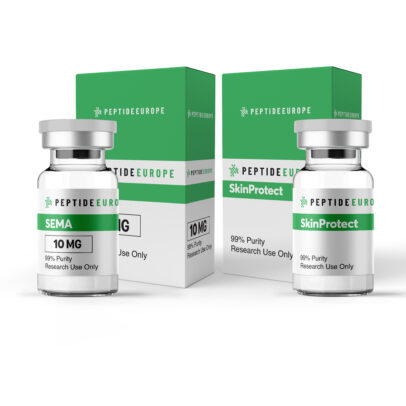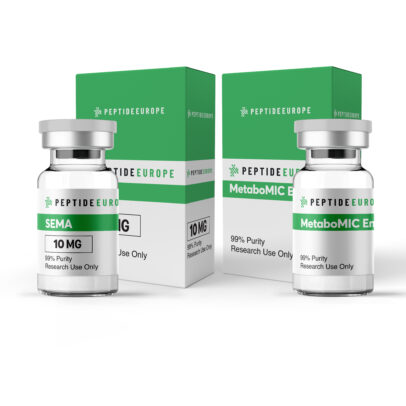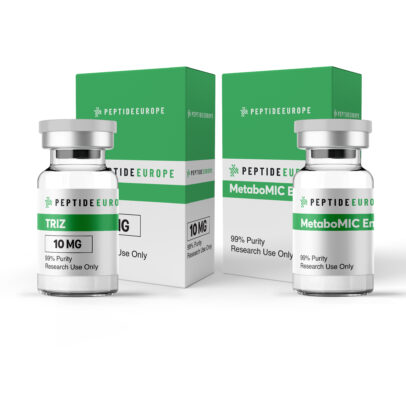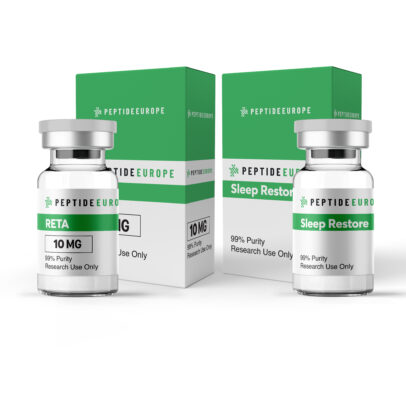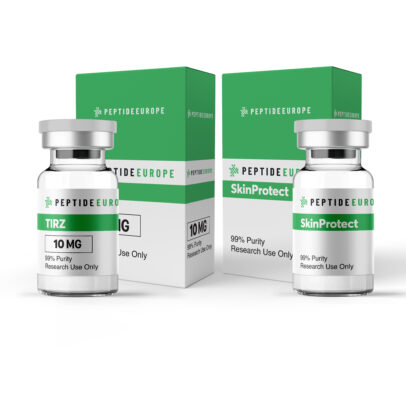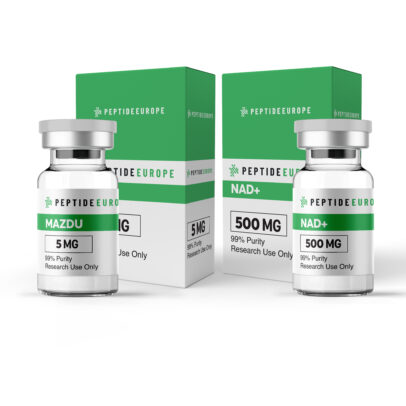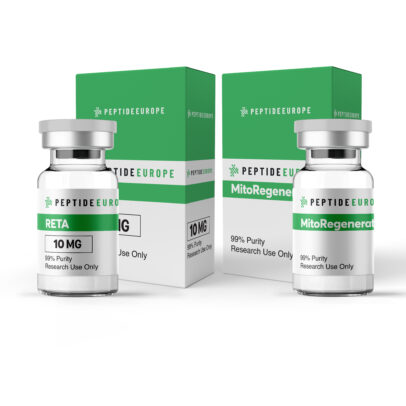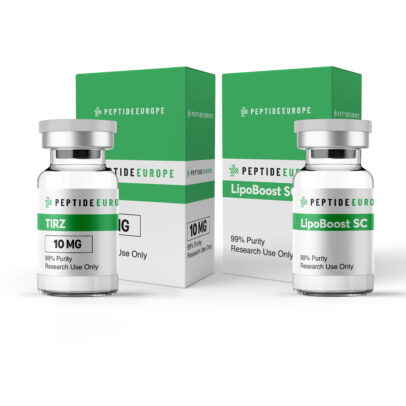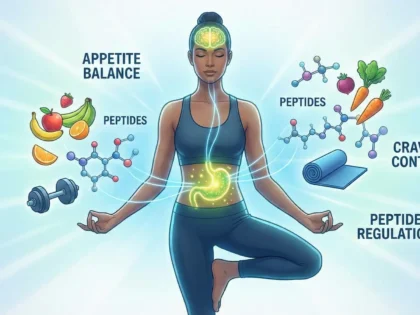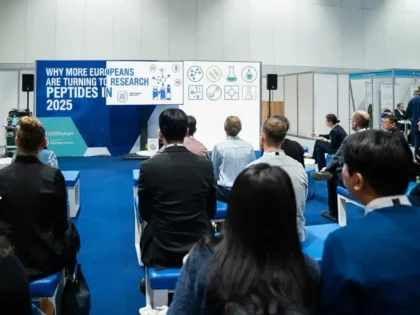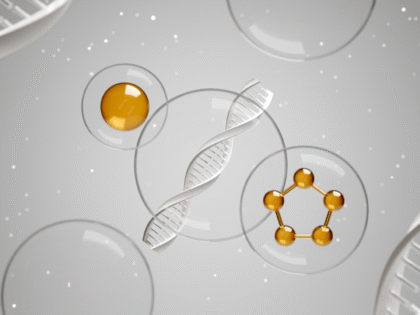Foot Blister Treatment & Prevention | Causes, Care, and Expert Tips
-
PepEurope
- Posted on
- 0 comments
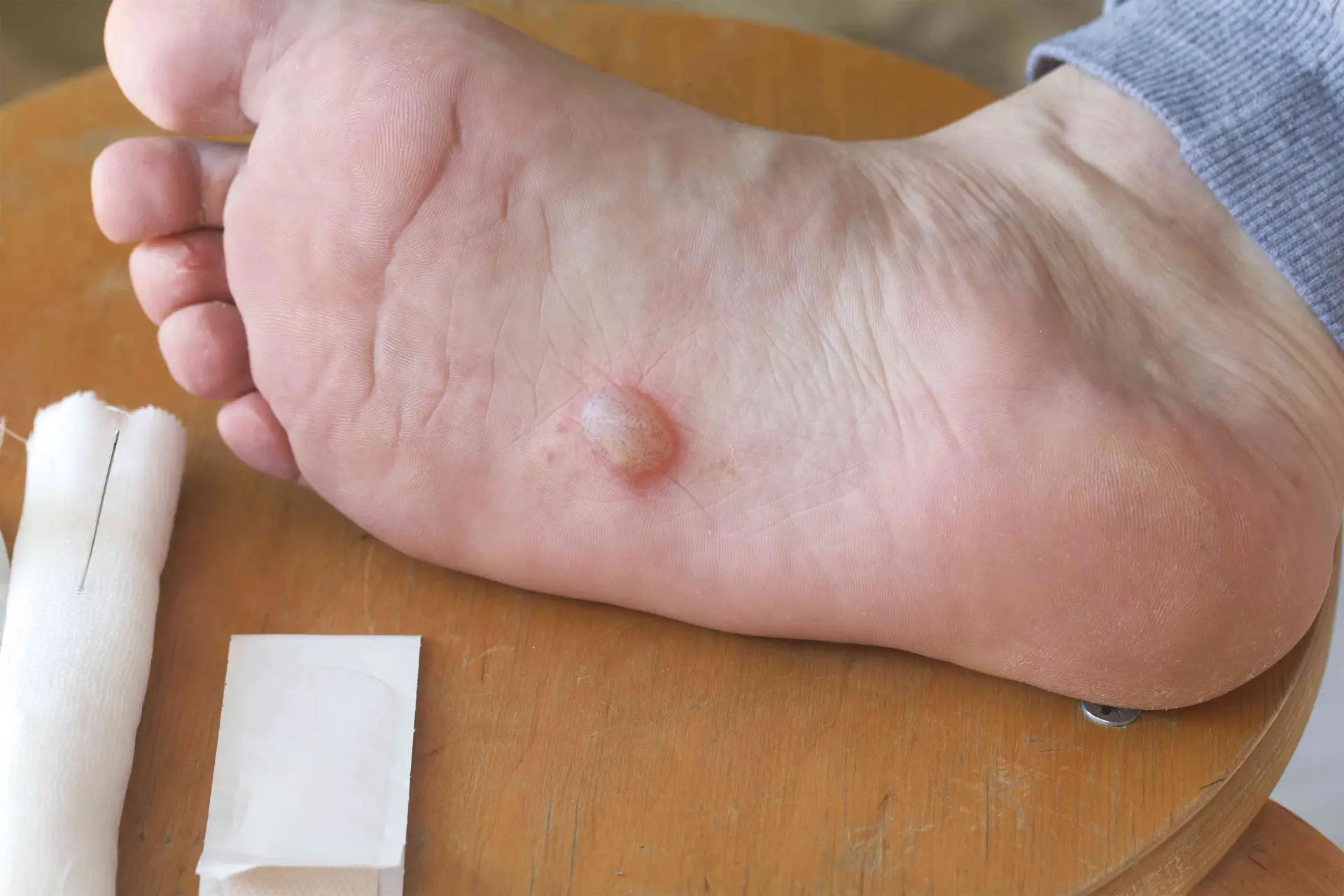
A foot blister might seem like a small issue, but it can cause serious discomfort and interfere with your daily life. Whether you are walking, exercising, or spending a long day on your feet, these tiny fluid-filled bubbles can turn into painful distractions. Understanding the causes, symptoms, and best treatment options for the problem will help you heal faster and prevent future problems.
What Is a Foot Blister and Why Does It Happen?
A foot blister is a small pocket of fluid that forms between the layers of your skin, usually filled with clear serum or, in some cases, blood. It develops as a natural response to friction, heat, or irritation. The fluid acts as a cushion to protect the underlying skin and promote healing.
Blisters are common on the heels, toes, and soles of the feet, the areas that experience the most pressure or rubbing. Although most heal naturally, it’s important to care for them properly to avoid infection. Taking care of your feet should be part of your regular body care routine, just as you take care of your face or hands.
Sema Beauty & Slim (weight control / healthy skin)
Sema Metabolic Boost (Appetite / Metabolism / Energy)
Metabolic Boost Duo (Appetite Suppression / Energy / Metabolism)
Sleep and Slim Pack (weight control / sleep regeneration)
What Causes Foot Blisters?
The leading cause of a foot blister is friction. When your skin repeatedly rubs against your shoes or socks, the upper skin layers separate and fluid collects in between. But there are several other contributing factors as well:
- Poorly fitted shoes that rub against your feet.
Shoes that are either too tight or too loose create constant friction against your skin. Over time, this rubbing causes irritation, leading to blister formation, especially on your heels and toes.
- Excessive moisture and sweating.
Sweaty feet increase friction and soften the skin, making it more prone to tearing. This is common among runners or during warm seasons. Using moisture-wicking socks or foot powders can reduce this risk.
- Long-distance walking, hiking, or running.
Extended physical activity causes repetitive pressure on specific parts of your feet, resulting in heat and friction that may trigger blisters.
- Allergic reactions or exposure to chemicals.
Some detergents, soaps, or lotions can cause allergic skin reactions that develop into itchy blisters on feet. If this happens frequently, it’s a good idea to visit a skin care clinic near me for a professional assessment.
- Fungal or bacterial infections.
Conditions such as athlete’s foot or impetigo can cause blisters filled with fluid or pus. These are contagious and require medical treatment.
- Skin conditions such as dyshidrotic eczema or herpes.
Both conditions can lead to clusters of itchy blisters on feet, often accompanied by redness or inflammation.
Understanding the exact cause helps you choose the most effective foot blister treatment and prevent recurrence.
What Are the Symptoms of a Foot Blister?
A blister doesn’t just appear overnight. You may first feel mild soreness, irritation, or a hot spot on your foot before the fluid-filled bubble forms. Common symptoms include:
- Tenderness or pain when walking. This discomfort is often localized to one area of the foot and worsens with continued friction.
- Red or irritated skin. The skin surrounding a blister becomes sensitive and inflamed, which is an early warning sign.
- Itching or burning sensation. Itchy blisters on feet can suggest irritation, fungal infection, or eczema.
- Swelling or fluid buildup. As the blister fills with fluid, the area may swell slightly and become more painful to touch.
If your blister fills with pus or turns red, yellow, or green, it may be infected. Seek professional foot blister treatment promptly to avoid complications.
Sema Beauty & Slim (weight control / healthy skin)
Sema Metabolic Boost (Appetite / Metabolism / Energy)
Metabolic Boost Duo (Appetite Suppression / Energy / Metabolism)
Sleep and Slim Pack (weight control / sleep regeneration)
How to Treat a Foot Blister at Home (Safe and Effective Treatment)
In most cases, a foot blister will heal naturally without medical intervention. However, proper care helps speed up the healing process and prevents infection. Here’s how to safely manage it at home:
- Clean the area gently. Use mild soap and lukewarm water to wash the blister and surrounding skin.
- Do not pop it. The outer layer of skin protects the area from bacteria.
- Apply antibacterial ointment or petroleum jelly. This keeps the blister clean and promotes healing.
- Cover with a bandage or gauze. Use a sterile dressing to protect it from further friction.
- Change the dressing daily. Always keep the area dry and clean.
- Avoid tight shoes or socks. Let your feet breathe whenever possible.
If the blister bursts on its own, gently clean it, apply an antibiotic cream, and cover it again with a fresh bandage. If you notice persistent pain or signs of infection, visit a skin care clinic near me for professional treatment.
When Should You See a Doctor for a Foot Blister?
While most blisters heal on their own, certain symptoms suggest you should seek medical care:
- Severe pain or swelling. If walking becomes difficult or the blister grows large and inflamed, it’s best to consult a healthcare professional.
- Discolored or pus-filled blisters. Blisters with yellow or green fluid often indicate infection and may require antibiotics.
- Accompanying fever or chills. This may signal that the infection has spread beyond the skin.
- Blisters that don’t heal within a week. Persistent blisters may be linked to underlying conditions such as diabetes or eczema.
- Frequent itchy blisters on feet. Recurring blisters can be a sign of a chronic skin issue or allergy that needs evaluation at a skin care clinic near me.
Professional evaluation ensures you receive the correct diagnosis and treatment, whether through drainage, topical medication, or advanced wound care.
Sema Beauty & Slim (weight control / healthy skin)
Sema Metabolic Boost (Appetite / Metabolism / Energy)
Metabolic Boost Duo (Appetite Suppression / Energy / Metabolism)
Sleep and Slim Pack (weight control / sleep regeneration)
How to Prevent Foot Blisters: Smart Body Care Habits
Prevention is the most effective form of treatment. Integrating foot care into your overall body care routine can help you avoid blisters altogether.
- Wear shoes that fit properly.
The most common cause of foot blisters is friction from ill-fitting shoes. Make sure your shoes provide enough room for your toes and proper heel support.
- Break in new shoes gradually.
Avoid wearing brand-new footwear for long walks immediately. Start with short wear periods so your feet can adjust to the shape of the shoe.
- Use moisture-wicking socks.
These specially designed socks draw moisture away from your skin, keeping your feet dry and cool. This reduces friction and prevents softening of the skin.
- Apply foot powder or blister patches.
Powders absorb excess moisture, while blister patches act as protective cushions on high-friction areas. They are particularly helpful for runners and hikers.
- Keep your feet clean and dry.
Wash your feet daily and dry them thoroughly, especially between the toes. Clean skin is less prone to irritation or fungal infections that can cause itchy blisters on feet.
- Moisturize regularly.
Use a non-greasy moisturizer to keep your skin supple. Dry, cracked skin can tear more easily, leading to blisters.
Caring for your feet should be as routine as scheduling a face treatment near me, both are vital to maintaining healthy skin and confidence.
FAQs
Can I pop a foot blister if it’s painful?
It’s best not to pop a blister. The fluid acts as a cushion that protects the damaged skin. If it pops naturally, clean it with mild soap and water, apply antibacterial ointment, and cover it with a sterile bandage.
Why do I keep getting itchy blisters on my feet?
Recurring itchy blisters on feet can be due to fungal infections, eczema, or allergic reactions. It’s important to consult a skin care clinic near me for a diagnosis and specialized treatment to prevent further outbreaks.
What’s the best home remedy for a foot blister?
Gently clean the area, apply petroleum jelly or antibacterial cream, and cover it with a breathable bandage. Avoid tight shoes and keep the blister dry until it heals completely.
How long does it take for a foot blister to heal?
Most foot blisters heal naturally within three to seven days. However, if the blister becomes infected or returns repeatedly, professional foot blister treatment may be necessary.
When should I visit a skin care clinic near me for treatment?
If the blister is large, discolored, or extremely painful, or if it doesn’t heal within a week, it’s time to see a professional. A skin care clinic near me can provide safe drainage, antiseptic care, and advice on preventing future blisters.
Are foot blisters a sign of a skin condition like eczema or fungus?
Yes, they can be. Some blisters are related to underlying conditions such as dyshidrotic eczema or fungal infections. These blisters often itch and may reappear until the root cause is properly treated.
Conclusion: Prioritize Foot Health as Part of Your Everyday Body Care
Foot blisters may be small, but they can have a big impact on your comfort and mobility. Whether caused by friction, heat, or infection, they serve as a signal that your feet need more attention and care. By understanding the causes, using the right treatment, and practicing smart prevention habits, you can keep your feet healthy, comfortable, and strong.
Just like you care for your face with a face treatment near me, your feet deserve the same level of daily attention as part of your full body care routine. Cleanliness, proper footwear, and regular moisturizing can go a long way toward preventing painful blisters.
If you experience persistent or itchy blisters on feet, or if home remedies aren’t helping, don’t hesitate to visit a skin care clinic near me. A professional can provide personalized treatment and advice tailored to your skin type and lifestyle. Healthy feet aren’t just about comfort they’re the foundation of your overall confidence and well-being.


